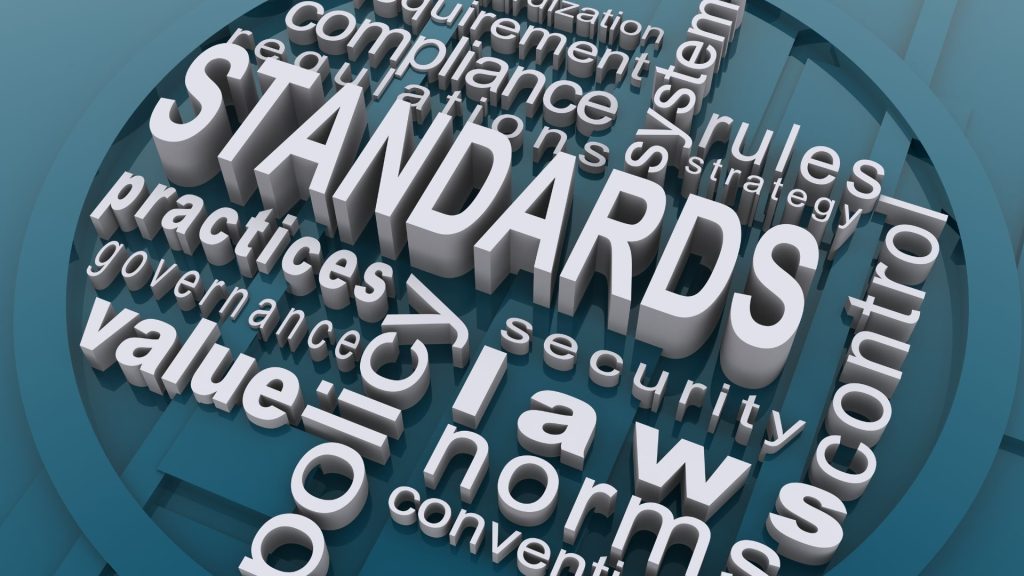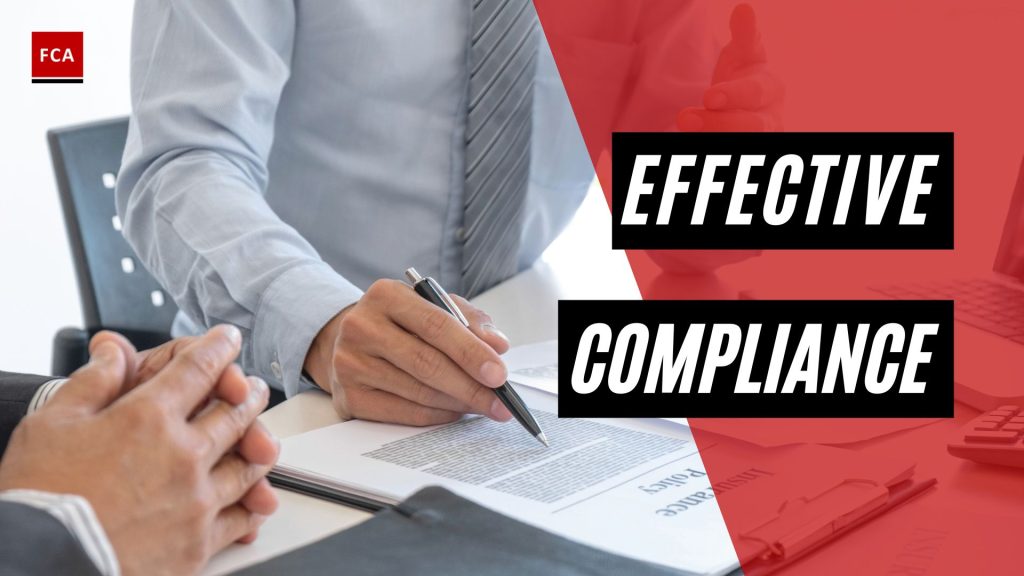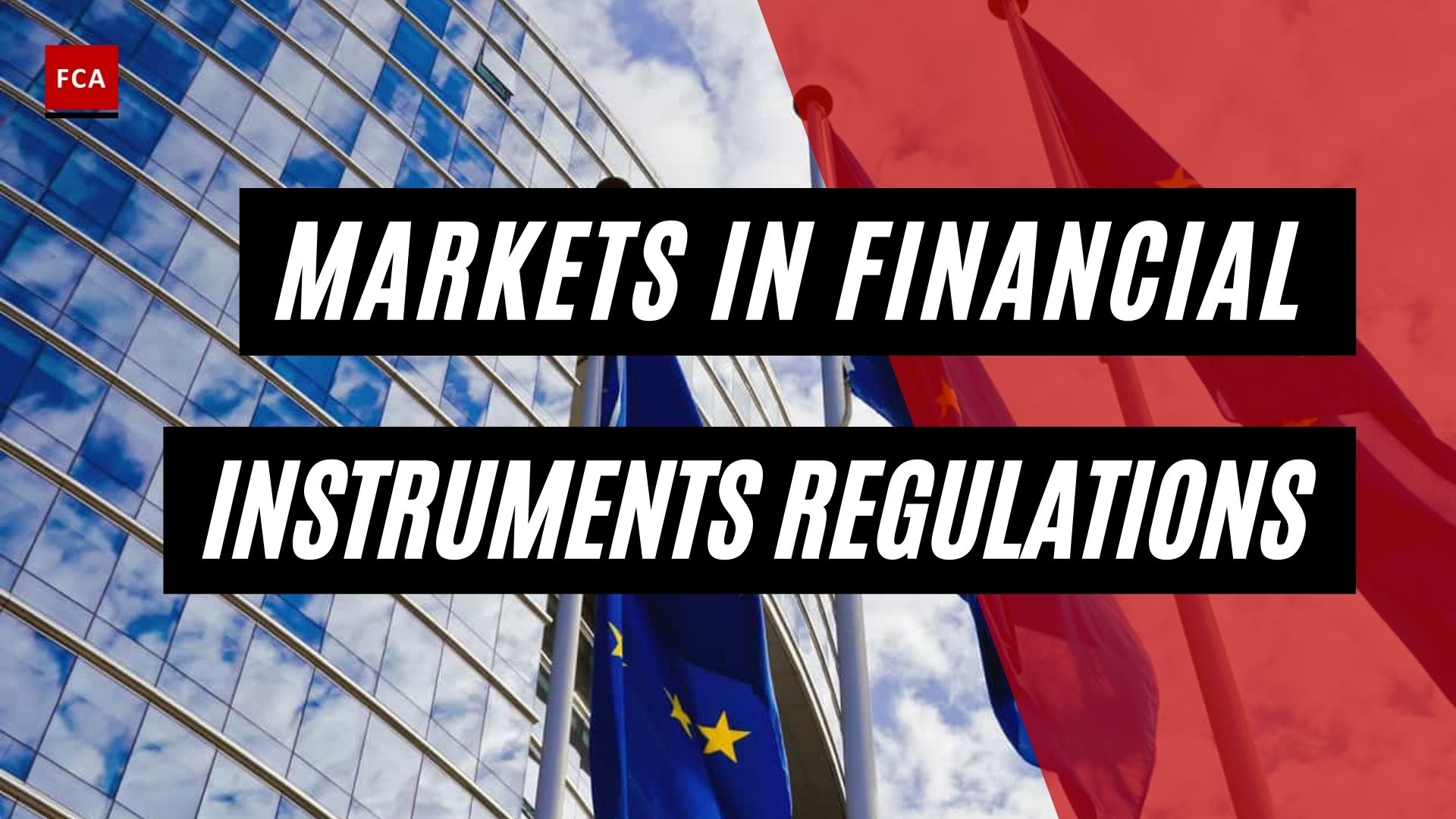Effective compliance with applicable regulations and policies has become a key determinant of the performance and stability of the organization. Global regulators and organizations have modified the compliance risk management frameworks. The increasing competition and regulatory expectations regarding financial stability, compliance with applicable laws and regulations, and customer fairness expose financial institutions to key corporate challenges.

How to Have Effective Compliance
These global initiatives mainly focus on developing and regular refinements of the corporate governance, risk management, compliance, and internal control policies, procedures, and frameworks to enable a strong compliance culture that duly appreciates the importance of compliance risk. Policies and procedures are the backbones of the organizations because they are part of the overall corporate compliance framework.
The compliance policies and procedures reflect all the significant and key applicable regulatory requirements. The makers and reviewers of these documents must be the subject matter experts, capable of identifying, understanding, and incorporating the regulatory requirements.
The compliance committee and the Board of Directors must approve the policies. The approved policies form the basis for the development f detailed procedures and standards. The procedures may be prescribed by the regulators as well in certain circumstances, such as procedures related to outsourcing arrangements, customer onboarding procedures, etc. In other cases, the management’s responsibility is to design, develop and implement the appropriate procedures in different functions and departments.
The requirements of policies and procedures are usually in line with the international best practices related to compliance risk management. The policies and procedures are used in a uniform and systematic manner for the identification, assessment, and management of corporate compliance risks. The policies, procedures, and standards aim to promote enabling compliance culture in the organization at all levels and strengthen corporate compliance’s effectiveness by adopting a structured and risk-based approach.
Examples of regulatory requirements usually made part of the compliance policy include the due diligence processes and know your clients or KYC requirements to be applied to investigate the background of potential and existing customers. The red flag mechanism is put in place where any incident or risk of insider trading is escalated to the management for investigation and corrective measures.

Another example of a regulatory requirement that may be covered in the corporate compliance policy or procedures includes where the employees must take extra care when dealing or communicating with people outside the office. Companies implement policies where confidential information must not be shared with an unauthorized or irrelevant person, whether inside or outside the office.
Special care is taken at the trade, and social events, where an employee may be in close contact with other people, where employees are required to take extra care when making conversations on sensitive topics. Employees must ensure that they know what they are legitimately allowed to share with others to prevent unlawful disclosure of confidential information about the particular security or shares of the companies. Employees are required not to disclose information such as about the companies’ takeovers, mergers, earnings, profit warnings, or litigation.
Final Thoughts
Organizational policies and procedures provide guidelines for decision-making processes and how work should be done in an organization. Increased transparency, accountability, uniformity, and stability are the results of having clear, well-written policies and procedures. Policies and procedures are critical components of any organization. Policies and procedures, when combined, provide a road map for day-to-day operations. They ensure that laws and regulations are followed, provide guidance for decision-making, and streamline internal processes.








